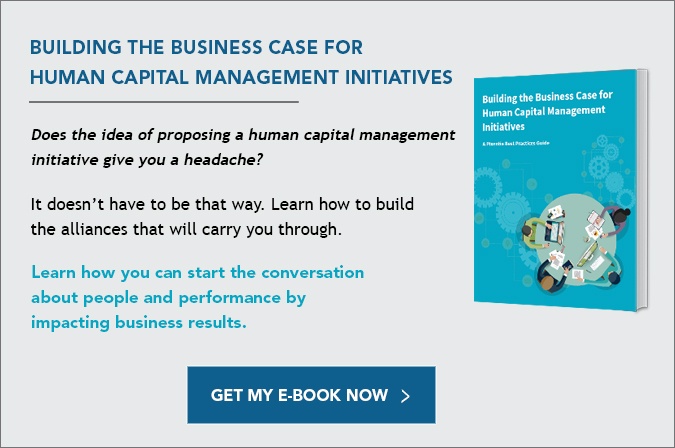Phenom eCloud is a comprehensive technology solutions provider committed to empowering businesses to overcome challenges, enhance their workforce capabilities, and achieve superior outcome

A few years ago, we observed a conversation between a hiring manager and a recruiter. The manager normally did her hiring manually, outside the organization’s applicant tracking system, but she needed help recruiting for a specialized position.
The recruiter said, “You can post the job on the ATS if you want to.”
The manager replied, “I can jab myself in the eye with a fork if I want to.”
Regardless of which industry you are in, the result of failed user adoption in human capital management is the same. You can do everything else right, but your technology will fail if your people don’t use it. Even worse, they could use it but hate doing so. Errors will grow, workarounds will multiply like weeds, and employee satisfaction will suffer.
Challenges in Manufacturing
User adoption in manufacturing is difficult. Companies in the industry face unique human capital management challenges driven by technology, demographics, and economic uncertainty. 
- Evolving technology in robotics, materials engineering, and additive manufacturing is increasing the skill levels needed in manufacturing. The need for unskilled labor is declining, and skilled trades require scarcer STEM (Science, Technology, Engineering, and Math) skills. As the skills gap widens, workers become more mobile, and turnover is rising.
- The age of highly skilled workers in manufacturing is 56,[1] and as they prepare for retirement, younger workers are not replacing them. People entering the workforce see manufacturing as outdated drudgery even as jobs in manufacturing become more varied, skilled, and lucrative. Manufacturing has yet to address the false perception successfully.
- Outsourcing manufacturing to other countries is a hot-button political and economic issue. Demand for workers in manufacturing is growing faster than other sectors, but the prevailing narrative is doom for manufacturing.
User Adoption Strategy
The result is that manufacturing companies cannot afford a failed HCM implementation and must do everything they can to use their technology to engage workers. A robust, comprehensive change management strategy is necessary, but there are some additional things implementers must do to boost user adoption.
Ease of Use
First, focus on ease of use. Employee and manager self-service have become necessities in HCM applications. When people use the applications, they want to get the task done without fuss. They do not want to figure out how to do it. The process must be easy and intuitive enough that a worker who hasn’t used a function for weeks or months can navigate without a refresher course.
Learning
Second, deliver learning at the point of need, and compensate growth in skills. Most manufacturers need multi-skilled employees but will not achieve up-skilling without incentives. The incentives need not be outlandish to be effective, and the payoff will be a more flexible workforce. Use e-learning to make training more effective, personalized, and engaging.
Availability
Make self-service available. We have observed too many cases where dissatisfaction with self-service technology arose from long lines at kiosks during break times. Deliver HCM applications to mobile devices and workstations or provide enough kiosks to handle the traffic at peak times.
If you use mobile delivery, use applications developed for mobile devices. Responsive design too rarely lives up to its promises of mobile usability.
Social Recruiting and Branding
Manufacturing needs to counter negative stereotypes, and the best place to do that is social media. Branding strategy is a must, and a top-notch candidate experience must follow.
Be authentic. Younger workers care about mission and culture, and an employer brand that accurately reflects your culture will pay off in better hiring and higher retention. The transition from candidate experience to employee experience should be seamless. On-board well, leaving no surprises for day one.
Expanded Analytics
Engage your stakeholders with analytics that help them make good decisions. Almost all modern human capital management platforms deliver analytics. Get the most out of it and combine your people data with operational metrics to help stakeholders understand the contribution people make to the business.
A User Experience Mindset
Human capital management technology has evolved from HR-centric applications to an employee-centric user experience. Let your implementation and change management strategy help you make it the best experience possible.
References:
1. "Whitepaper: 9 Challenges Facing HR in Manufacturing." ERE Media. September 25, 2014.


Leave a Comment